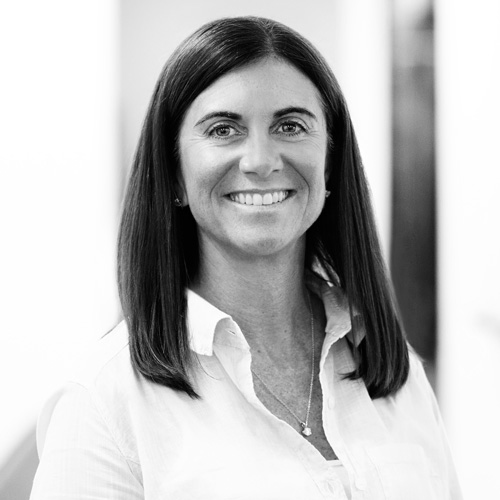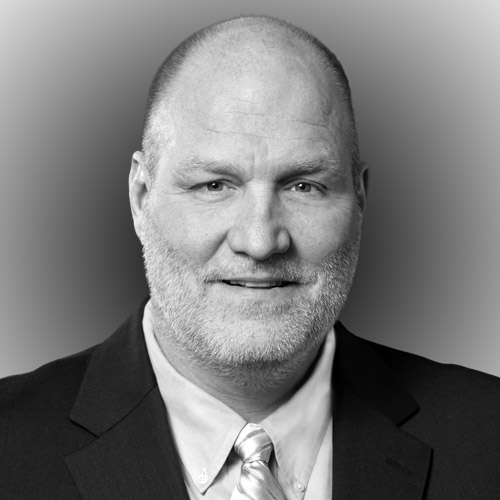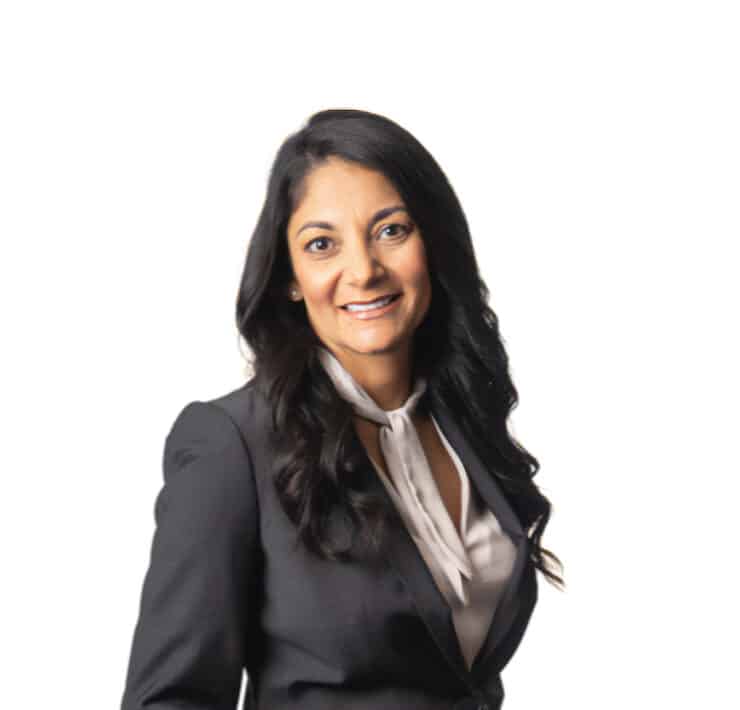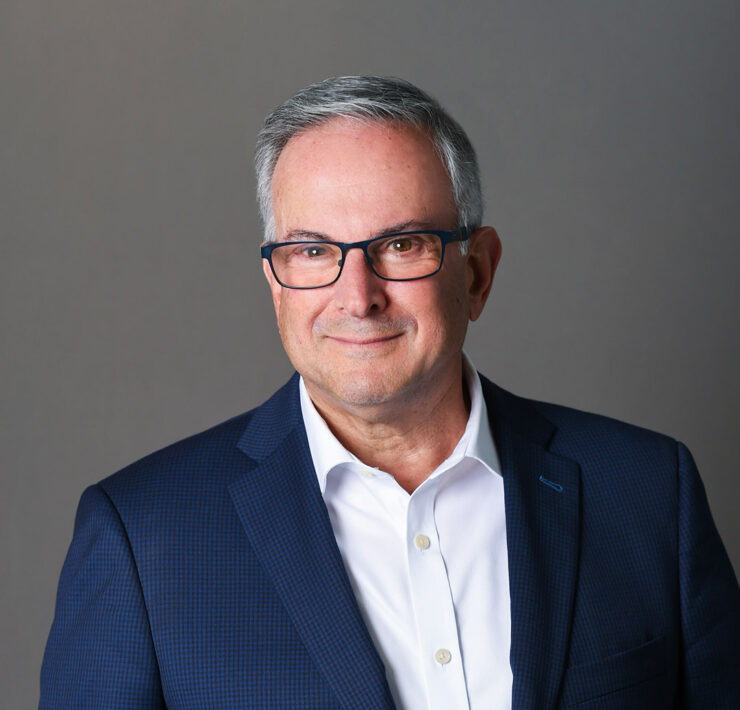Most large, established companies have a clearly defined corporate culture. For the successful businesses of the world, this internal identity is as much a source of pride as their identity in the marketplace. But Diedre Gray, senior vice president, general counsel, and chief administrative officer of the food industry conglomerate Post Holdings, says there’s no corporate mission statement at Post, no handbook proclaiming the values that employees are expected to share. “That doesn’t come from a place of not wanting a culture, it comes from a place of wanting everyone to be a contributor to that culture,” she explains.
It’s unusual perhaps, but given that Post has grown from a $1 billion company to a $5 billion company in less than four years, one is inclined to believe a lack of “culture” might be a good thing. A look at Post’s unique history illuminates why that may be the case. In many ways the company is like a startup—minus the heady, holier-than-thou attitude that often accompanies young enterprises that have yet to prove themselves.
The Post brand made its debut in the late nineteenth century when C. W. Post developed Grape Nuts, America’s first health-oriented, ready-to-eat cereal. Post evolved into General Foods, one of the first food industry conglomerates, which was acquired in 1985 by Phillip Morris, who merged it with Kraft Foods shortly thereafter. Not surprisingly, the Post brand received less and less attention as it became part of an ever-larger conglomerate, and in 2008, Kraft sold Post to the private-label manufacturer Ralcorp, which then spun off Post into a separate company in February 2012. Gray joined Post in December 2011, in anticipation of the company becoming independent again for the first time in nearly a century.
Gray was the fifth employee of the newly formed Post Holdings, giving her a direct role in crafting the company’s new incarnation. She says that unlike other companies of its size, Post—which counts five business lines, scores of consumer products, and around 9,000 employees in its ranks—is remarkably similar to many startups. This means executives like Gray often juggle multiple hats, jumping in where needed and showing a willingness to stretch the boundaries of the traditional corporate roles. Gray is charged not only heading up the legal department, she also oversees human resources and corporate development, which has executed eleven M&A transactions since the spin-off in 2012.
Read more of Profile’s Top 50 articles.
“It’s like I have three arms,” Gray says. “Sometimes it’s one too many arms, but we make it work. As a growing company there are tons of opportunities for those that want to grab them—it’s not a siloed environment. We’re very open to people trying things out, switching things around, and seeing what they like and what they don’t like. There’s no one here who is going to tell you to stay in your own box.”
More than a focus on internal corporate structure, Post has pushed to expand and diversify its holdings since becoming a standalone corporation. The intent is to acquire brands that are “on trend” and in alignment with Post’s 120-year-old mission of bringing quality food to the kitchen table. “Whatever you eat for breakfast, we probably have it,” Gray says, referencing the Post portfolio that includes everything from Honey Bunches of Oats to Better’n Eggs.
One notable acquisition was PowerBar, a brand that pioneered the market for energy bars and sports drinks, a market that continues to show healthy growth. “PowerBar is a very well-known brand,” Gray says. But after purchasing it from Nestle, “The challenge for us is in figuring out how to revitalize it,” she adds.
Post is Gray’s first foray into the food industry, but she is no stranger to the logic of manufacturing businesses. Prior to Post, she was an attorney with SunEdison, the global renewable energy company that manufactures solar panel equipment, and the St. Louis law firm Bryan Cave, where she represented a variety of clients in the manufacturing sector. “I’ve always worked for companies that made things, be it wrenches, solar panels, or teddy bears,” Gray says. “But there is no master plan—I’ve always tried to go with the flow in terms of when opportunities arise.”
SunEdison was one of her clients at Bryan Cave, whose leadership asked her if she would jump ship and come in-house. Two years later, a thoughtful call from a colleague led to the position at Post. “I got a call on a Saturday afternoon: ‘This is something you might be interested in, do you want me to throw your name in the hat?’ I said, ‘Sure.’ I didn’t really know much about it, but it all worked out.”
Gray’s ease in following the whims of serendipity seems to be serving her well at Post. She says she’s not one to engage in hand-holding, preferring to give her reports just the right amount of guidance needed to do the job and plenty of space to figure things out for themselves. But going with the flow is coupled with a steely attitude about getting the job done: “I don’t have time for, or an interest in, micromanaging,” she says.
Her legal team has grown from two to ten since the spin-off, and everyone wears multiple hats. Her associate general counsel is in charge of litigation, but also negotiates the company’s labor agreements and looks after employment matters. Another associate general counsel takes care of corporate legal work, but also oversees real estate transactions and works on the company website. The larger business units also have small, dedicated legal teams. “Because we are a fairly lean department—we don’t have forty or fifty attorneys as some companies our size would—all of our attorneys are very adept at juggling different subject matters,” she says. “We’re divided up in terms of where people’s interests are and where their skills are. I encourage an interdisciplinary approach.”
Another one of Gray’s mantras is what she calls “Bringing your brain to work.” This means encouraging her reports to get out of the comfort zone of their office and interact with other business units as much as possible. It’s a habit she imposes on herself as well: Gray has primary responsibility in three arms of the corporation, but she plays an ad-hoc role in several others that lawyers normally wouldn’t be directly involved in, she says, such as sustainability initiatives. In this spirit, Gray encourages her legal team to follow suit. “Go visit their clients in other locations, have dinner with them, sit in on meetings,” she explains. “That’s really the best way to learn our business. And the more you learn the business, the better legal advice you can provide.”
Gray has seen to it that the legal function at Post is well-integrated in all the business units; a mentality she says is fully supported by senior management. Unlike some companies where the legal department is viewed as a hurdle to be crossed in getting a project off the ground, legal has a seat at the table in all key strategy sessions, according to Gray. “Instead of the legal department being ‘the department of no,’ the goal for us to be the department of ‘how can we do that?’” she says.
The company’s affable, open-minded, and exuberant startup culture was apparent early on, Gray says, when the CEO came into her office six months in and said: “I sense that you are not wanting to take risks, and that’s not really your role here. Your role here is to advise what the risk is and tell us whether or not we should take it. And we will either take that risk or not take that risk. But I will back you either way.” It was a turning point for Gray. She knew her own approach to business was fully in line with the bigger picture at Post.
Risk aversion is a lawyerly tendency, but it can easily stifle innovation when it gets out of balance. “Some people avoid risk because of the fear of what happens if you’re wrong,” Gray says. “And it’s hard when that becomes part of a blame culture at a corporation, where someone who makes a decision that turns out to be wrong is chastised or fired. So that conversation with our chairman was very good for me to have.”
Post may not have set its identity in stone just yet, but in talking to Gray, there are clear currents emerging: a wide open sense of possibility, a general air of warmth and camaraderie, and a commitment to making the most of the opportunities at hand. “We’re so new, and culture takes more than a few years to develop,” she says. Given how the company has grown in the short time since its rebirth, one can only imagine the strength of the identity that will emerge. But maybe that’s the key—forcing an identity can create the sense of living behind a false façade. Better to let it come naturally.






















